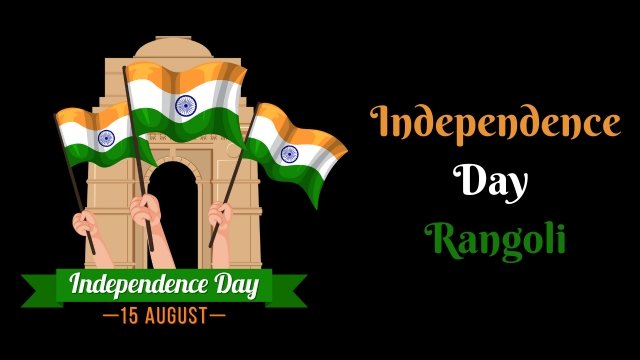Friends, today’s post is going to be very special, I am your friend Vikas Yadav. So welcome to our website https://mixingimages.us/. So today we are going to share with you – Rangoli For Diwali, Rangoli Design For Diwali, Rangoli Designs For Diwali, Diwali Rangoli, Diwali Rangoli Design.
Rangoli For Diwali

Rangoli Design For Diwali
Rangoli Designs For Diwali
Diwali Rangoli
Diwali Rangoli Design
Rangoli is an intricate and colorful art form that graces the entrance of Indian homes, especially during Diwali. This traditional practice involves creating beautiful patterns on the ground, often using rice flour, colored powders, flower petals, or sand. On Diwali, a festival symbolizing the victory of light over darkness, Rangoli takes on a special significance. Here’s why Rangoli is so meaningful and why it’s made on this festive occasion.
1. Welcoming the Goddess Lakshmi
Diwali, also known as the Festival of Lights, is associated with the worship of Lakshmi, the Hindu goddess of wealth and prosperity. Devotees believe that on Diwali night, Goddess Lakshmi visits homes to bless the families with good fortune and abundance. Rangoli plays a vital role in this tradition. The colorful and inviting patterns are thought to welcome the goddess and encourage her to bring her blessings into the household. By decorating the entrance, people hope to make their homes more attractive and inviting for the deity.
2. Symbol of Auspiciousness and Good Luck
Rangoli is more than just a form of decoration; it’s seen as a harbinger of good luck. In Hindu culture, certain symbols, colors, and patterns are believed to bring positive energy into a space. By creating Rangoli at the entrance, people are essentially inviting positive vibes into their homes. Geometric designs, as well as patterns symbolizing the lotus flower (Lakshmi’s favorite), add to the auspicious nature of Rangoli. Colors like red, yellow, and green are particularly popular, as they represent joy, prosperity, and growth.
3. Encouraging Unity and Social Bonding
Making Rangoli is often a collaborative activity that brings together family members, neighbors, and friends. In the days leading up to Diwali, you’ll often see people working together to create intricate designs, with each person contributing in some way. This tradition fosters unity, bringing people closer and creating bonds that celebrate the festive spirit. It’s common to see children involved in the process, learning this cultural art from elders and adding their creativity to the designs. Through Rangoli, generations share and preserve this ancient practice, reinforcing a sense of community.
4. Celebration of Creativity and Art
Rangoli is a perfect example of how art and culture blend in Indian festivals. Though there are traditional designs, the art form also allows for individual creativity. With each Diwali, families come up with new ideas, experimenting with colors, textures, and even materials like flowers or diyas (small oil lamps). The freedom to explore and express through Rangoli offers a chance for people to celebrate creativity, turning their homes into unique, artistic spaces.
5. Protection Against Negative Energies
Another layer of meaning behind Rangoli is its association with warding off negative energies. Many believe that Rangoli at the threshold of the house can act as a protective boundary, keeping out harmful spirits or negative forces. Some families make Rangoli daily as a way to maintain this shield, but on Diwali, the designs are made larger and more vibrant to ensure the household is fully protected during this important time of year. This belief aligns with Diwali’s theme of light dispelling darkness, as Rangoli is part of the effort to protect the home and family.
6. Expression of Gratitude and Prosperity
For many, Diwali is a time to reflect on and express gratitude for the blessings received over the past year. Creating Rangoli is a symbolic gesture of appreciation to the deities and the universe, a way of saying thank you for health, happiness, and prosperity. The colors, shapes, and beauty of Rangoli reflect the prosperity one hopes to continue enjoying, as well as the beauty of life itself.
7. Environmental Aspect and Use of Natural Materials
Traditionally, Rangoli is made using natural materials like rice flour, turmeric, and flower petals. Not only does this make the designs eco-friendly, but it also serves as a humble reminder of the importance of nature in our lives. The use of natural ingredients, especially on Diwali, aligns with the principle of gratitude for what nature provides. It’s believed that rice flour or other natural powders also serve as food for birds and insects, showing respect for all living beings. This conscious choice adds a layer of sustainability to the Diwali celebration.
Popular Rangoli Designs for Diwali
On Diwali, people commonly make designs that represent symbols of good fortune. Here are some popular choices:
- Peacocks: A symbol of grace and beauty, peacocks are a popular motif.
- Swastik: The Swastik symbol is considered very auspicious in Hindu culture, representing well-being.
- Flowers and Petals: Simple floral patterns can represent life and prosperity.
- Lakshmi’s Footprints: Footprints are sometimes drawn to signify Goddess Lakshmi entering the home.
- Geometric Patterns: Shapes like circles and triangles are common for their symbolic meanings in Hindu tradition.
Final Word
Friends, if you liked today’s post, then like our post and share it with all your friends. And if there is any gap left, please let us know by commenting. If you have any suggestions, you can give them to also. And you can share our post on your social handles. Thanks.






























